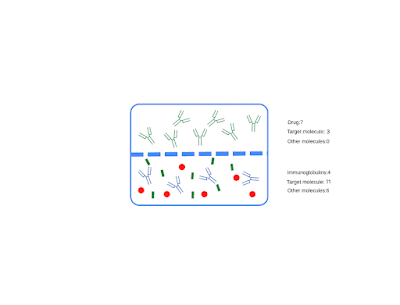Intrathecal pseudodelivery is a specialized drug delivery method where the therapeutic agent is introduced into a reservoir connected to the intrathecal space rather than being directly released into the cerebrospinal fluid (CSF). In this approach, the drug remains within the reservoir, where it interacts with its target, thus altering the composition of the CSF without systemic release of the drug into the body.
Key Points:
- Localized Interaction: The drug interacts with its target within the reservoir, potentially allowing for more controlled and localized treatment effects.
- Minimal Systemic Exposure: By confining the drug to the reservoir and avoiding its release into the broader CSF, this method can reduce systemic side effects and toxicity.
- Enhanced Efficacy: It aims to maximize the efficacy of the drug by ensuring it is delivered precisely where needed while avoiding dispersion throughout the central nervous system (CNS) that might dilute its effectiveness.
Overall, intrathecal pseudodelivery can be advantageous in achieving targeted drug effects within the CNS while minimizing unintended systemic impacts.
Intrathecal pseudodelivery of drugs is a novel route to administer medications to treat neurodegenerative diseases based on the CSF-sink therapeutic strategy by means of implantable devices. While the development of this therapy is still in the preclinical stage, it offers promising advantages over traditional routes of drug delivery. In this paper, we describe the rationale of this system and provide a technical report on the mechanism of action, that relies on the use of nanoporous membranes enabling selective molecular permeability. On one side, the membranes do not permit the crossing of certain drugs; whereas, on the other side, they permit the crossing of target molecules present in the CSF. Target molecules, by binding drugs inside the system, are retained or cleaved and subsequently eliminated from the central nervous system. Finally, we provide a list of potential indications, the respective molecular targets, and the proposed therapeutic agents.
Reference: Manuel, M.-G.; Tamba, B.-I.; Leclere, M.; Mabrouk, M.; Schreiner, T.-G.; Ciobanu, R.; Cristina, T.-Z. Intrathecal Pseudodelivery of Drugs in the Therapy of Neurodegenerative Diseases: Rationale, Basis and Potential Applications. Pharmaceutics 2023, 15, 768. https://doi.org/10.3390/pharmaceutics15030768

